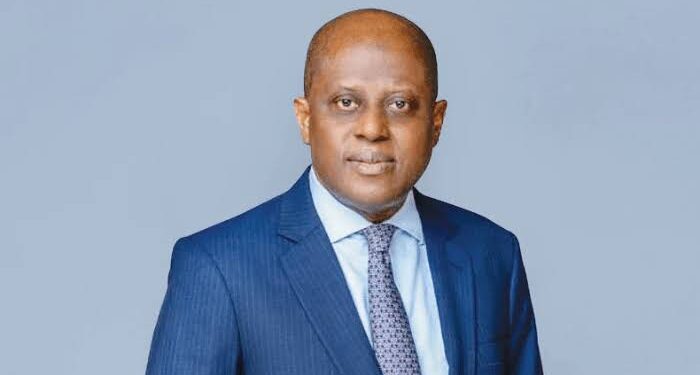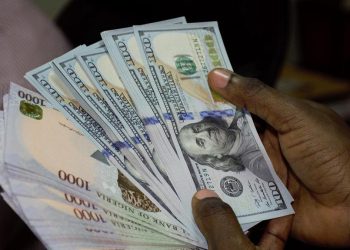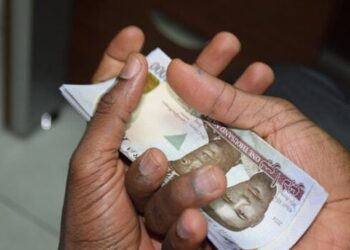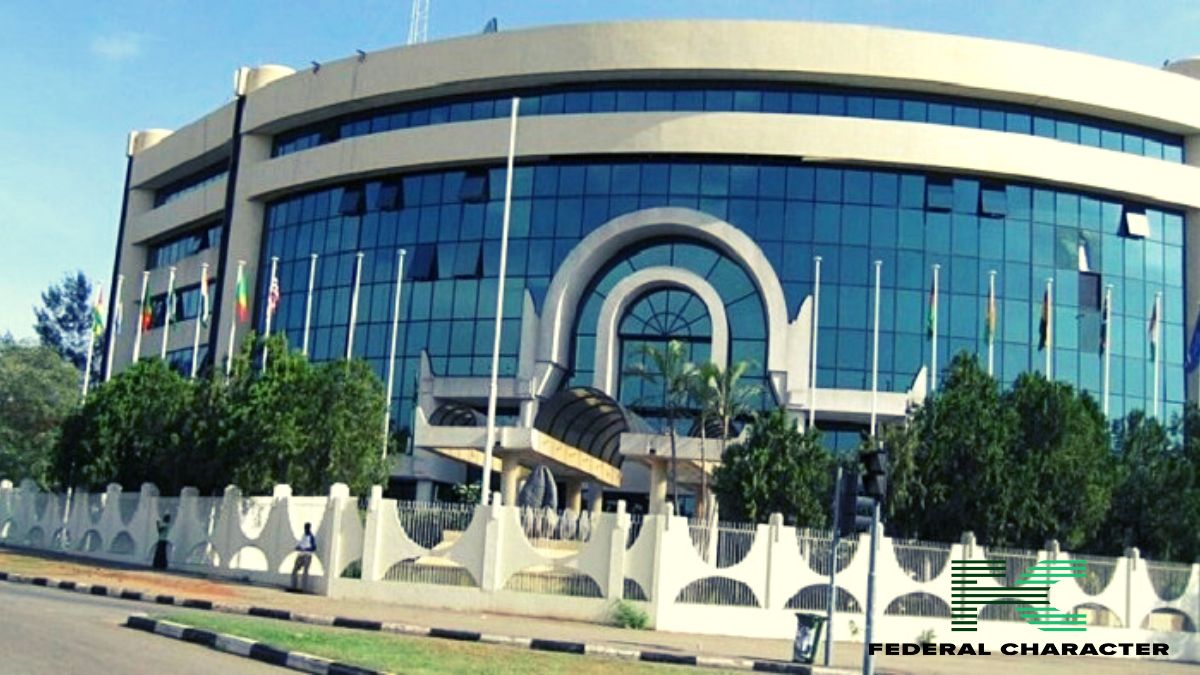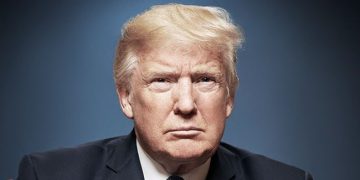Nigeria’s Central Bank Governor, Olayemi Cardoso, has completed his first year in office. During this time, the naira has gotten stronger, but inflation remains a problem. Even though they’ve tried to manage inflation, the country still faces economic difficulties.
In November 2023, Cardoso gave a speech about his plans for the country. He talked about making prices more stable, encouraging economic growth that helps the environment, keeping the naira’s value steady, and lowering interest rates to make it easier for people and businesses to borrow money and invest. But since his speech, the rate of inflation has gone up from 28.20 percent to 33.88 percent, according to the National Bureau of Statistics (NBS).
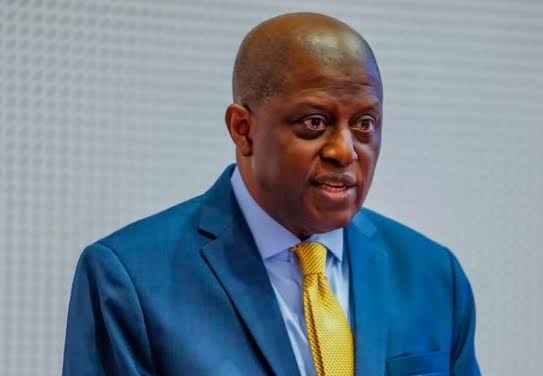
In reaction, the Monetary Policy Committee (MPC) headed by Cardoso has increased the Monetary Policy Rate (MPR) by 875 basis points to 27.5 percent in 2024 to fight inflation and stabilize the economy. Even with these actions, overall inflation keeps rising, mainly due to too much money in circulation and high prices for food and petrol.
The naira has greatly decreased in value from November 2023 to December 2024, trading at N1,535 per dollar on December 6, 2024. But, recent changes have caused the naira to slightly increase in value to N1,515 per dollar in the parallel market.
Nigeria’s foreign reserves have increased to more than $40 billion, reaching their highest point in nearly three years, up from $33.28 billion in September 2023.
Even with these positive changes, there are still major challenges in the business environment. The Central Bank of Nigeria (CBN) is working on reforms to rebuild investor trust and set the stage for long-term growth. However, the Monetary Policy Committee’s (MPC) strict approach could worsen inequalities in areas like agriculture, manufacturing, and real estate.
Experts like Segun Ajayi-Kadir, director-general of the Manufacturers Association of Nigeria (MAN), are worried about the CBN’s ongoing efforts to tighten money supply. They suggest that the CBN should consider better coordination between monetary and fiscal policies to control inflation.

